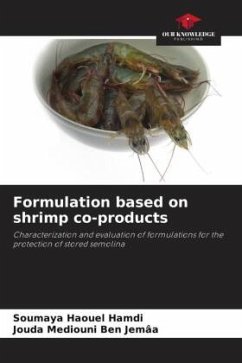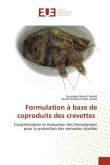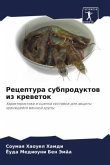This work focused on the evaluation of the insecticidal activity by fumigation of Laurus nobilis and Thymus vulgaris essential oils, and essential oil formulations encapsulated in a powder matrix obtained from shrimp shells and chitosan against R. dominica adults. Chromatographic analyses identified 21 and 16 compounds respectively for the essential oils of T. vulgaris and L. nobilis, of which the main ones are: 1.8 Cineole (43.23%), -Terpinein (17.47%) and beta-Linalool (14.86%) for L. nobilis and Carvacrol (75.01%) and o-cymene (7.93%) for T. vulgaris. The results of the insecticidal activity of the crude essential oils indicated that the fumigant effect varies with concentration and storage time. Indeed, after 10 days of storage, the LC50 values were 73.19 and 81.92 miL/L air respectively for L. nobilis and T. vulgaris against 59.85 and 64.66 miL/L respectively after 20 days of storage. The characterisation of shrimp co-products revealed that the powder consists mainly of protein (21.24%) and fat (17.05%).







